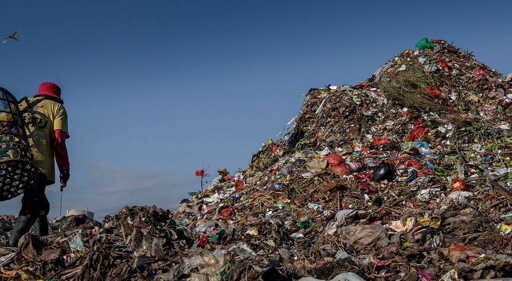In 2022, the United Nations Environment Assembly adopted a new resolution laying the first groundwork toward a new legally binding international agreement to end plastic pollution. The treaty will contain ambitious targets covering every stage of the plastic life cycle, including introducing restrictive measures against the production and consumption of single-use plastics, the development of a framework for coordinated national action plans, and regional and international cooperation. While the progress of the agreement remains to be seen, from the very beginning, the key to its success clearly relies on the engagement of all parties. In this regard, what role can the courts play? As has been well documented by the Plastic Litigation Tracker, there have been many success stories from plastic waste-related legal actions in the Global North and Global South in recent years. These suits can take the form of citizen lawsuits or class actions in various types of courts, usually targeting governments or producers. In the future, more lawsuits are expected as the negative consequences of plastic pollution on the environment and human health continue to emerge. Plastics in the courtroom Global South countries such as Indonesia are among the world’s significant contributors to plastic waste, therefore courts here can provide valuable lessons on how judicial power contributes to combating this Anthropocene crisis. A manta ray swimming amongst plastic, Indonesia. Image courtesy of Elitza Germanov. The emerging plastic waste litigation in Indonesia demonstrates the involvement of the courts in several ways. First, litigation can arise at the initiative…This article was originally published on Mongabay
From Conservation news via this RSS feed


